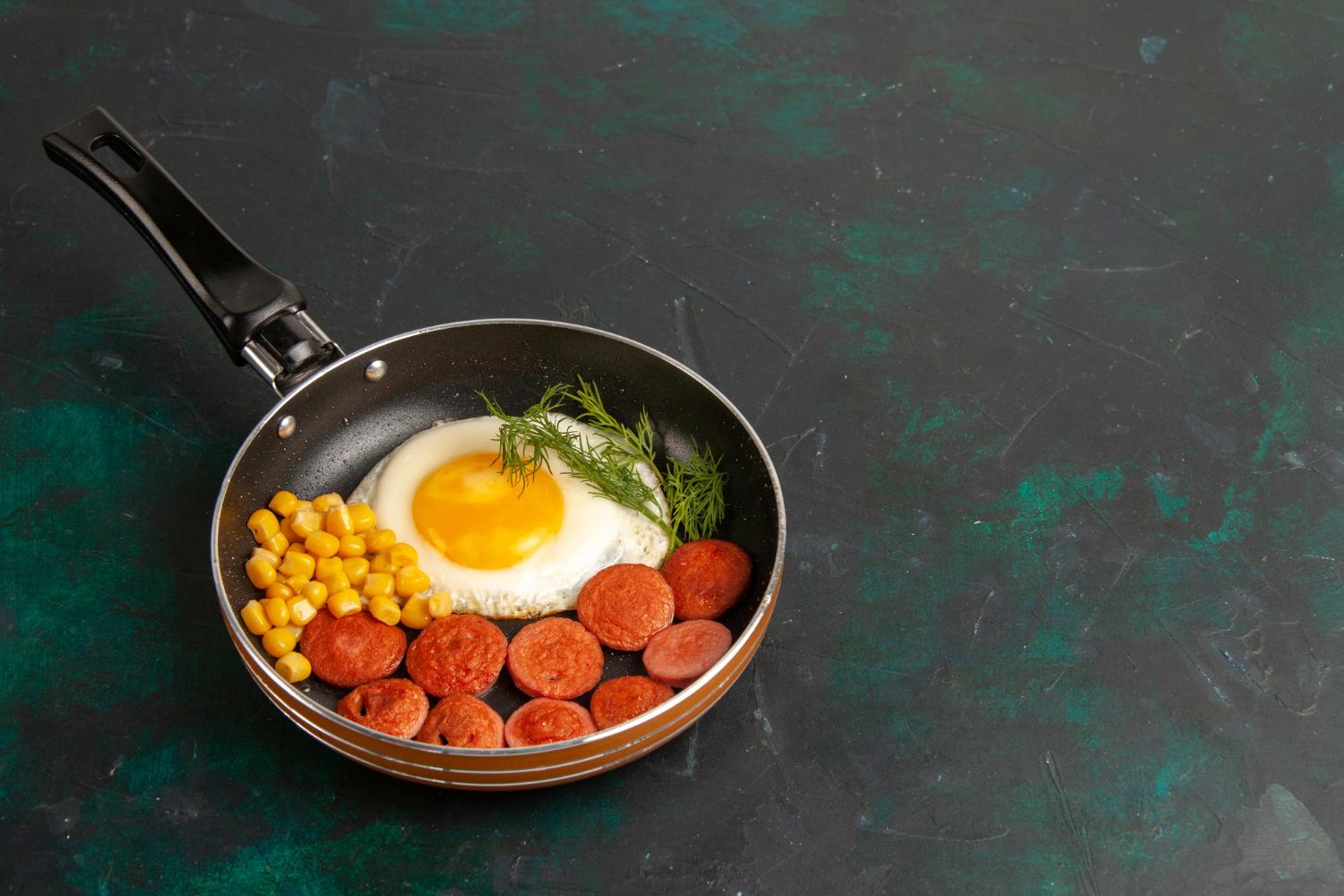The frying pan, a simple yet indispensable kitchen tool, is capable of producing a wide array of culinary delights. From crispy bacon to succulent steaks, the frying pan can elevate ordinary ingredients into extraordinary dishes. However, even the most experienced cooks can fall victim to common frying pan mistakes that can lead to disappointing results.
Overcrowding the pan, using the wrong oil, not heating the pan properly, and using too much oil are just a few of the pitfalls that can hinder your frying pan cooking. These errors can result in soggy, flavorless food, burnt dishes, and an overall lack of satisfaction. Additionally, neglecting to season your cast-iron pan or leaving food in the pan after cooking can further compromise the quality of your meals.
To ensure that your frying pan experiences are consistently successful, it’s essential to understand and avoid these common mistakes. By following the guidelines outlined in this blog, you can unlock the full potential of your frying pan and create culinary masterpieces that will impress your friends and family.
1. Overcrowding the Pan
One of the most common frying pan mistakes is overcrowding the pan. When you put too much food in the pan at once, it steams instead of sears, resulting in soggy, flavorless food. This is because the steam trapped in the pan prevents the food from browning properly. Additionally, overcrowding can cause the food to cook unevenly, as some pieces will be in direct contact with the hot pan while others will be shielded by the other food. To avoid this, it’s important to cook food in batches, allowing each piece to have ample space to sizzle and brown.
2. Using the Wrong Oil
Different oils have different smoke points, the temperature at which they start to break down and smoke. Using the wrong oil for the job can lead to burnt food and an unpleasant taste. For example, olive oil has a relatively low smoke point, making it unsuitable for high-heat cooking like frying. Using olive oil for frying can cause it to break down and release harmful compounds, resulting in a burnt flavor and potential health risks. It’s important to choose an oil with a high smoke point, such as avocado oil or grapeseed oil, for high-heat cooking. For lower-heat cooking, olive oil or butter is a good option.
3. Not Heating the Pan Properly
A cold pan can lead to uneven cooking and soggy food. Always heat the pan to the desired temperature before adding food. This will help to ensure that the food cooks evenly and develops a crispy crust. Additionally, heating the pan properly can help to prevent food from sticking to the pan, making it easier to cook and clean.
4. Using Too Much Oil
While oil is essential for frying, using too much can lead to greasy food. It’s important to use just enough oil to coat the bottom of the pan. Excess oil can be unhealthy and can also make it difficult to achieve a crispy crust on your food. To avoid using too much oil, you can try using a nonstick frying pan or seasoning your cast-iron pan.
5. Not Seasoning the Pan
Seasoning a cast-iron frying pan creates a nonstick coating that improves the flavor of your food. This coating is made up of a layer of polymerized oil that forms on the surface of the pan. Seasoning your cast-iron pan can help to prevent food from sticking and can also add a subtle flavor to your dishes.
6. Leaving Food in the Pan After Cooking
Leaving food in the pan after cooking can cause it to continue cooking and become overcooked. It’s important to remove food from the pan immediately after cooking and serve it hot. This will help to preserve the flavor and texture of your food. Additionally, leaving food in the pan can make it difficult to clean, as the food may become stuck to the surface.
7. Using a Damaged Pan
A damaged frying pan can be dangerous and can also lead to uneven cooking. If your frying pan has a cracked or chipped surface, it’s important to replace it. A damaged pan can create sharp edges that can cut you, and it can also allow food particles to become lodged in the cracks, leading to contamination. Additionally, a damaged pan may not heat evenly, resulting in unevenly cooked food. It’s important to inspect your frying pan regularly and replace it if necessary.
Conclusion
You can cook delicious, flavorful food every time by avoiding these common frying pan cooking mistakes. Remember to use the right oil for the job, heat the pan properly, avoid overcrowding, and season your cast-iron pan. Additionally, be mindful of the amount of oil you use and remove food from the pan immediately after cooking. The gas stove offers precise temperature control, which can further improve your cooking results. With a little attention to detail, you can elevate your frying pan cooking game and create meals that are both satisfying and delicious.
So, the next time you reach for your frying pan, take a moment to consider these tips. By avoiding these common mistakes, you’ll be well on your way to becoming a frying pan master.



